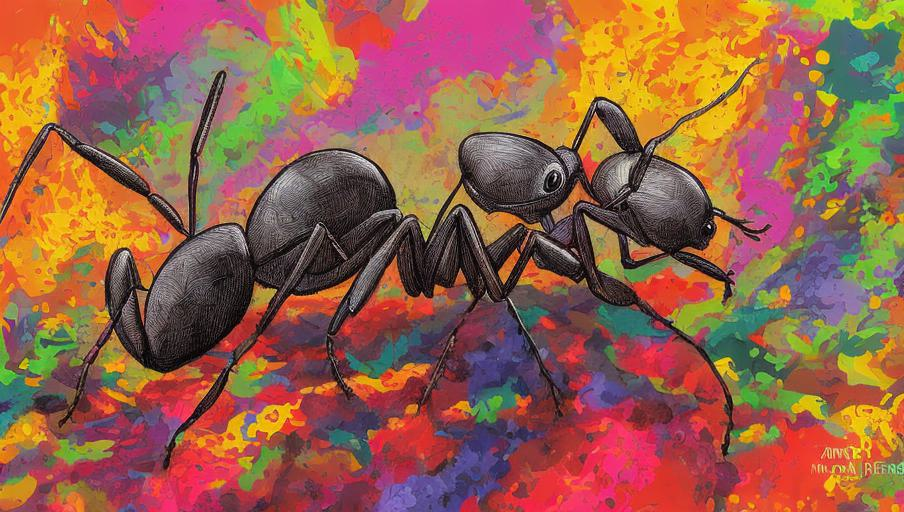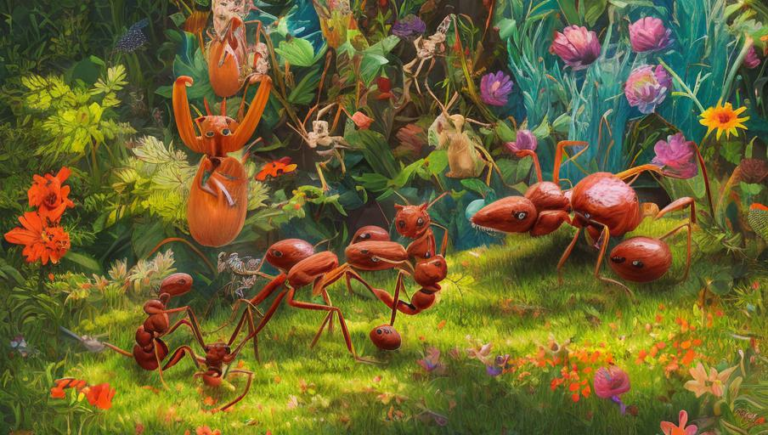How Ants Communicate

Introduction
Ants are some of the most fascinating creatures on the planet. These tiny insects are capable of complex communication and problem-solving abilities. But how do ants communicate? Let’s take a closer look at how ants communicate with each other.
Chemical Communication
Ants communicate with each other using chemical signals known as pheromones. Pheromones are produced by the ant and are released into the environment. Other ants can detect the pheromones and use them to understand the situation. For example, pheromones can be used to mark a trail for other ants to follow, or to alert other ants of a potential threat.
Visual Communication
Ants also communicate with each other using visual signals. Ants use their antennae to feel the vibrations of other ants. Ants can also recognize each other through the patterns on their heads. This is known as recognition marking and is used to establish dominance in ant colonies.
Auditory Communication
Ants can also use sounds to communicate with each other. Ants can produce a variety of sounds, including clicks, buzzes, and squeaks. While the specific meaning of these sounds is not yet fully understood, it is thought that they are used to alert other ants of danger or to coordinate activities.
Touch Communication
Ants can also communicate with each other using touch. This is done through a process known as antennation. Antennation is when an ant touches another ant using its antennae. This touch is used to exchange information and can be used to recognize other ants or to coordinate activities.
Conclusion
Ants are capable of complex communication and problem-solving abilities. They use a variety of methods to communicate with each other, including chemical, visual, auditory, and tactile communication. This communication is essential for ant colonies to survive and thrive.





